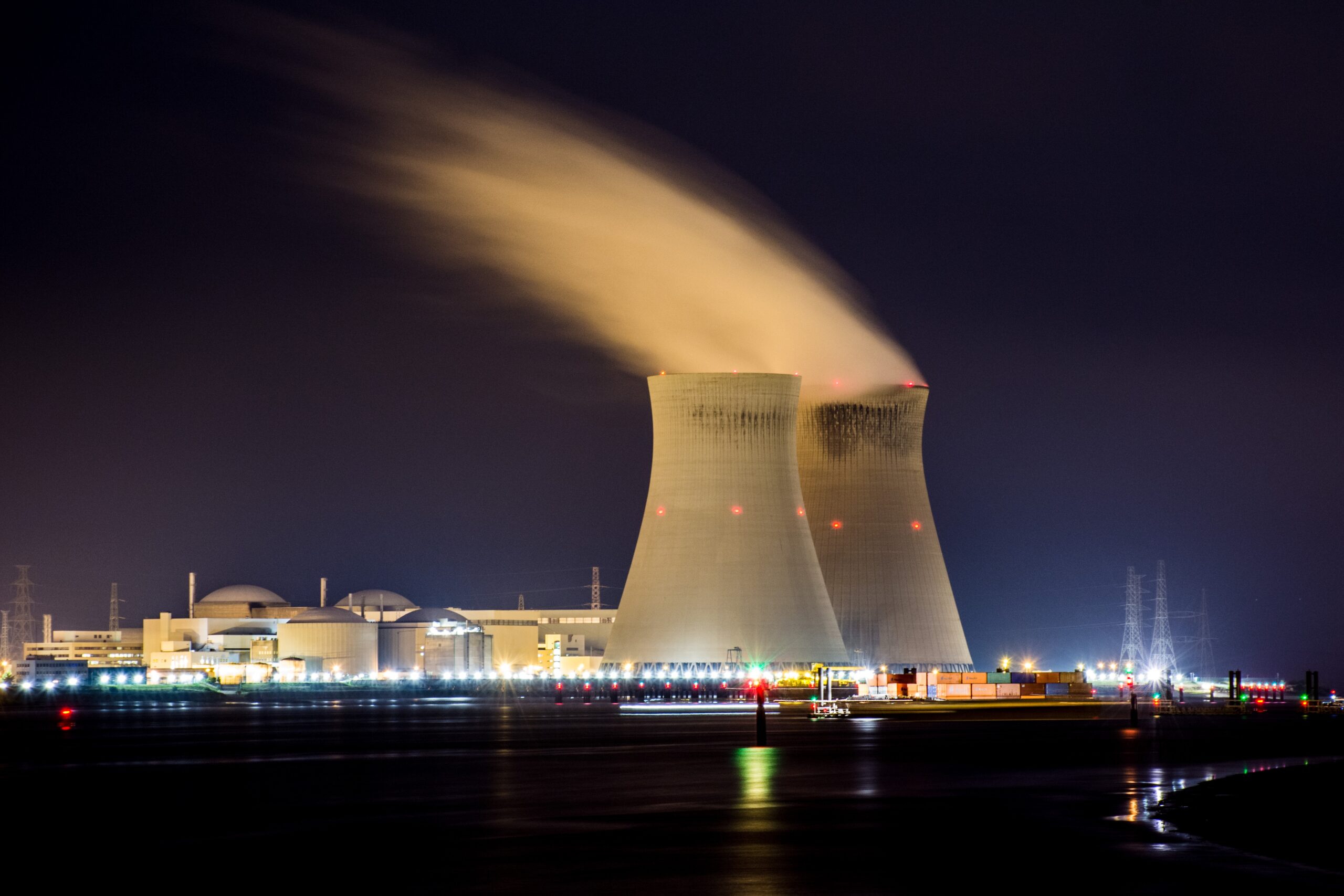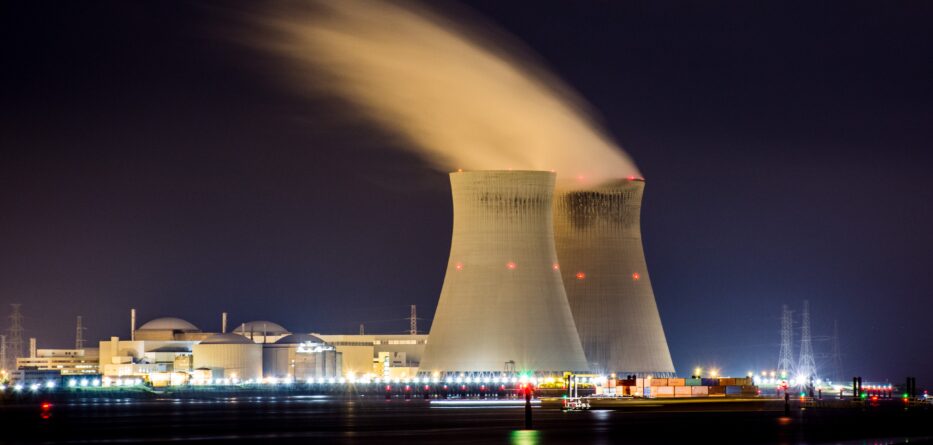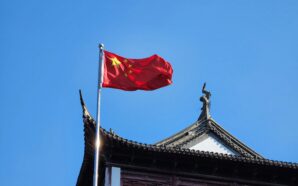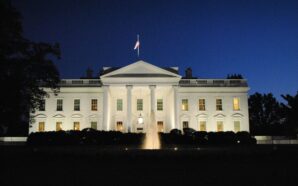

Credit: Unsplash
China’s Ambitious Plans to Double Its Nuclear Warhead Stockpile Highlighted in Pentagon’s Annual Report
The annual report released by the Pentagon has unveiled China’s significant expansion of its nuclear stockpile over the past year. According to the report, China now possesses around 500 operational warheads, with ambitions to double its arsenal to over 1,000 warheads by 2030. While maintaining a “no-first-strike” nuclear policy, China’s recent developments have raised concerns and discussions worldwide.
The latest report indicates that China’s nuclear stockpile growth has surpassed previous projections. Although substantial, it still falls far short of the nuclear arsenals held by Russia and the United States. Russia maintains a nuclear arsenal of approximately 5,889 warheads, while the United States can field 5,244, according to the Stockholm International Peace Research Institute.
This expansion of China’s nuclear capabilities has prompted discussions and concerns within the international community. President Xi Jinping’s declaration to establish a “world-class military” by 2049 has been a driving force behind modernizing China’s armed forces. The Pentagon’s report suggests that China’s efforts to enhance its nuclear arsenal are unprecedented in scale and complexity.
US officials have also noted the construction of three new clusters of missile sites in 2022, including at least 300 new Intercontinental Ballistic Missile (ICBMs) silos, further underscoring China’s strategic goals. The expansion of ICBMs with the capability to target the continental US, Hawaii, and Alaska has been a focal point of this expansion.
Despite the growth in China’s nuclear stockpile, the report emphasizes that China remains committed to a policy of “deterrence” and “counterstrike” in the event of an enemy’s first strike.
Breaking news: A new Pentagon report has accused China of accelerating the expansion of its nuclear arsenal and says it may be exploring the development of non-nuclear intercontinental ballistic missiles capable of striking the US https://t.co/XINAkgRl0q pic.twitter.com/NMUyKaFi6G
— Financial Times (@FT) October 19, 2023
In response to the report, Chinese foreign ministry spokeswoman Mao Ning stated that it is “full of prejudice and spreads the theory of the threat posed by China.” She asserted that China’s nuclear forces are maintained at the lowest level required for national security and that there is no intention to engage in a nuclear arms race with any country.
Experts analyzing the report note that while China’s rate of increase is substantial, it is not entirely exceptional, and the nation is moving slightly faster than earlier estimates toward its goal of 1,000 warheads. The expansion is partially attributed to the development of advanced technologies like hypersonic missiles, influencing China’s reconsideration of its second-strike policy.
The Pentagon report also highlights China’s increased diplomatic, political, and military pressure on Taiwan, indicating the country’s intent to enhance its capability to forcibly re-take the island by 2027.
These findings come amid a period of strained diplomatic relations between China and the United States, marked by recent incidents involving military encounters over international airspace in the Pacific region.
U.S. Aid Package for Israel and Global Initiatives
-
China’s foreign minister Wang Yi has strongly refuted NATO’s accusations that Beijing is aiding Russia in its war on...
-
The highly anticipated wedding of Anant Ambani, the son of Asia’s richest man Mukesh Ambani, is set to culminate...
-
President Joe Biden faced a critical moment on Tuesday as he secured his position for the Democratic nomination amidst...
-
The Federal Reserve announced today that all 31 banks participating in its annual stress test have demonstrated their ability...
-
Turkey has unexpectedly backed Greece in its ongoing effort to reclaim the Elgin Marbles from the United Kingdom, describing...
-
The Biden administration has announced sanctions against the Israeli group “Tsav 9” for obstructing humanitarian convoys to Gaza. The...
-
Turkey’s inflation rate has soared past 75% in May, marking what economists believe to be the peak of the...
-
As the November election looms, immigration and border policy are hot topics for voters like Laura Grant, an insurance...
-
Iranian authorities have confirmed that President Ebrahim Raisi and seven other officials were killed in a helicopter crash on...
-
As the United States continues its support for Ukraine, FBI officials are closely monitoring the possibility of increased Russian...
-
As the clock ticks down to the pivotal election, America finds itself navigating a political minefield, with both parties...
-
Presight, an Abu Dhabi-based artificial intelligence firm, has finalized the acquisition of a 51% stake in AIQ, a prominent...




















